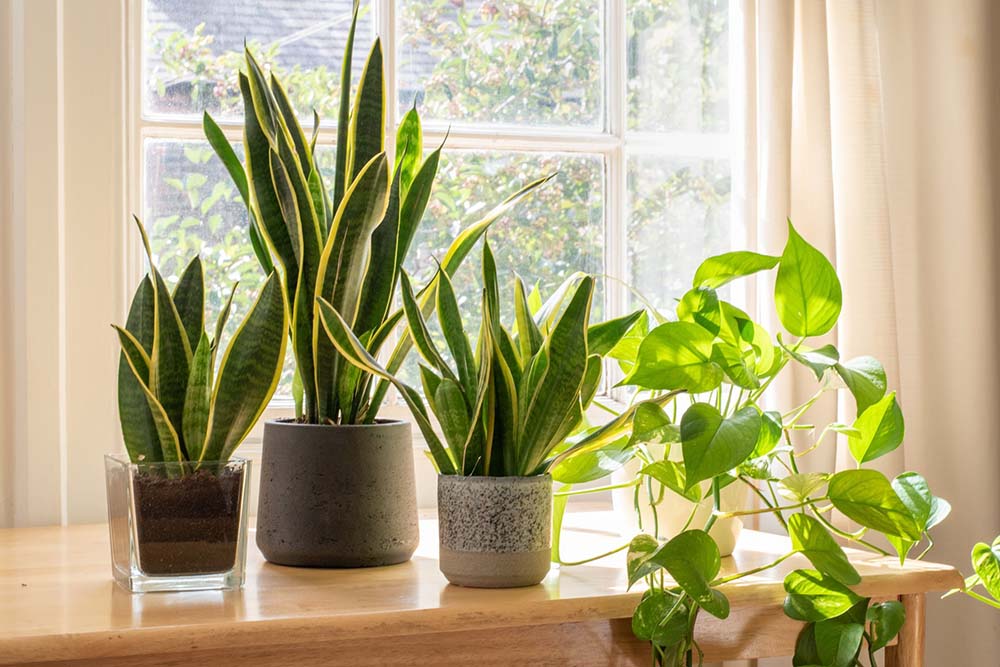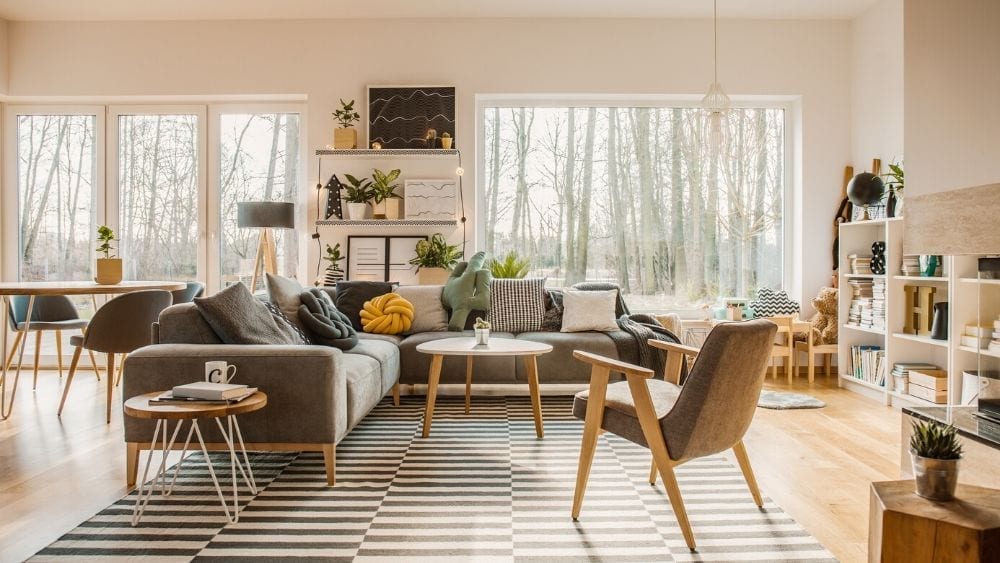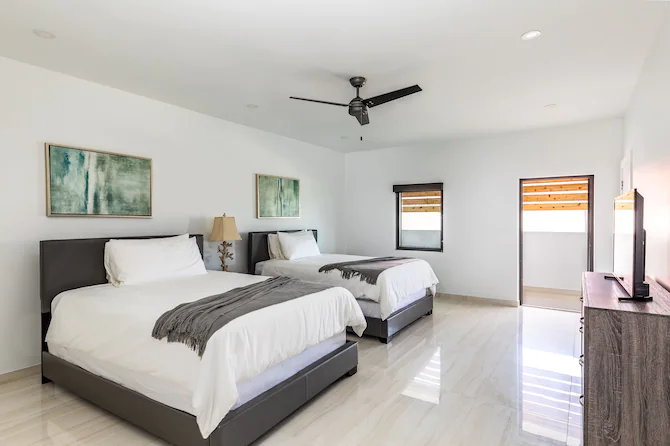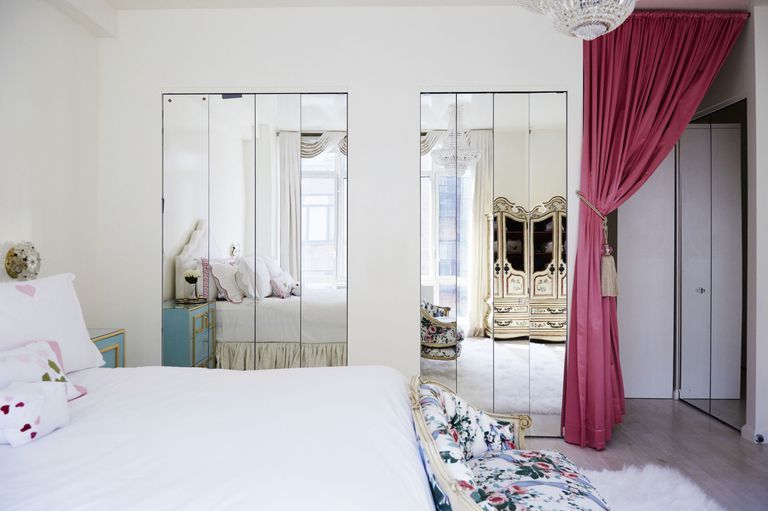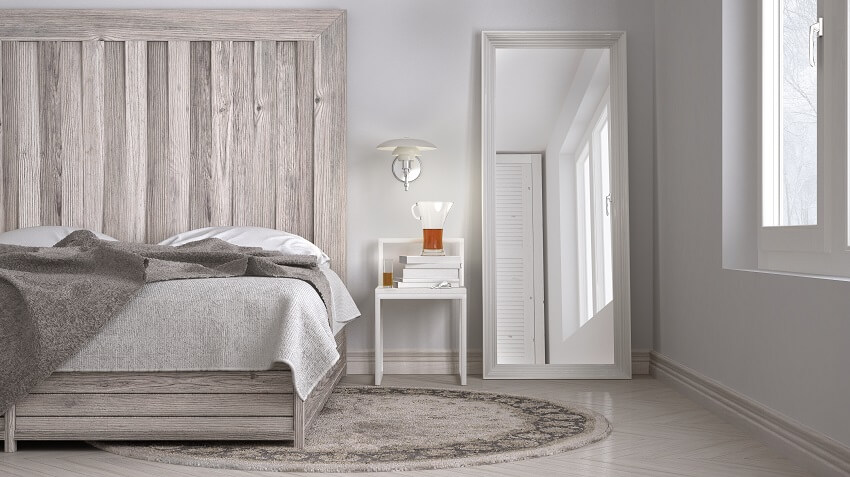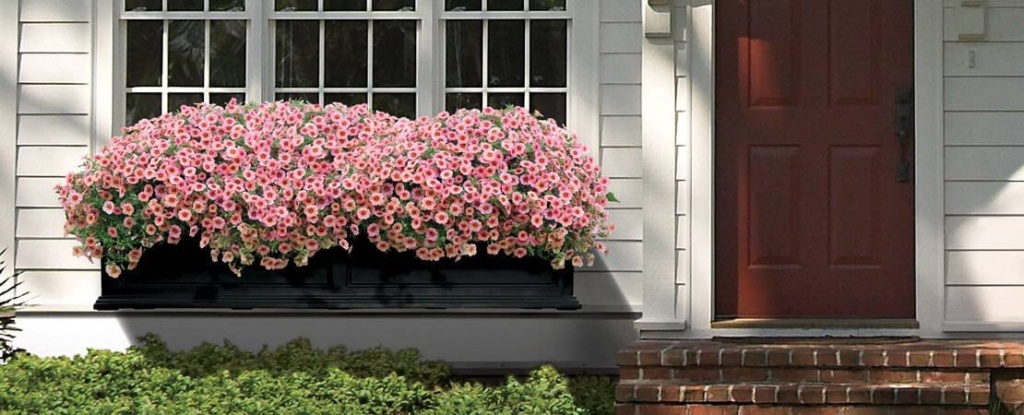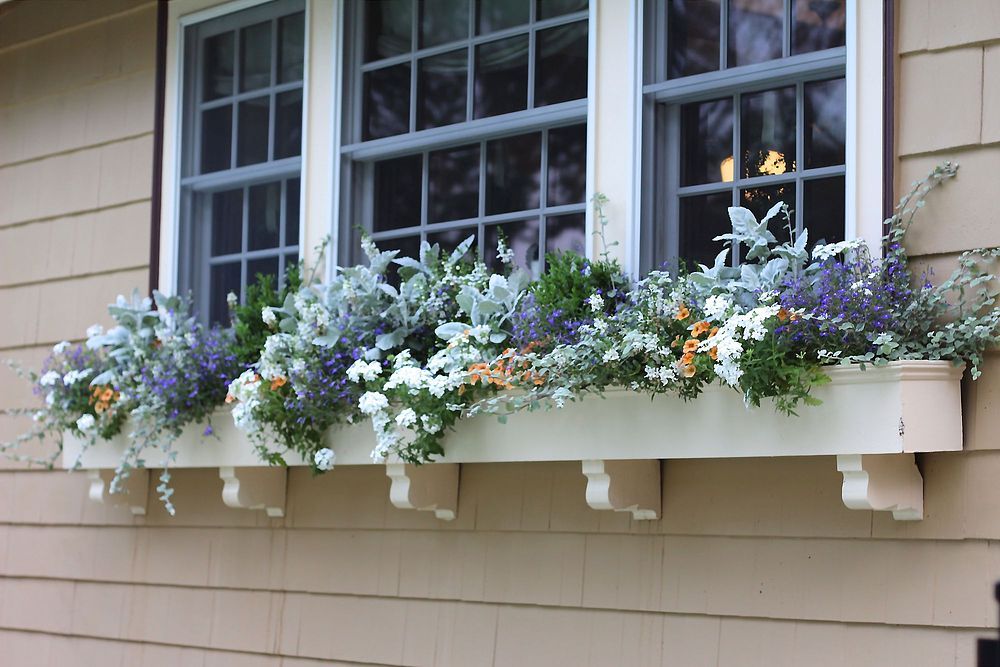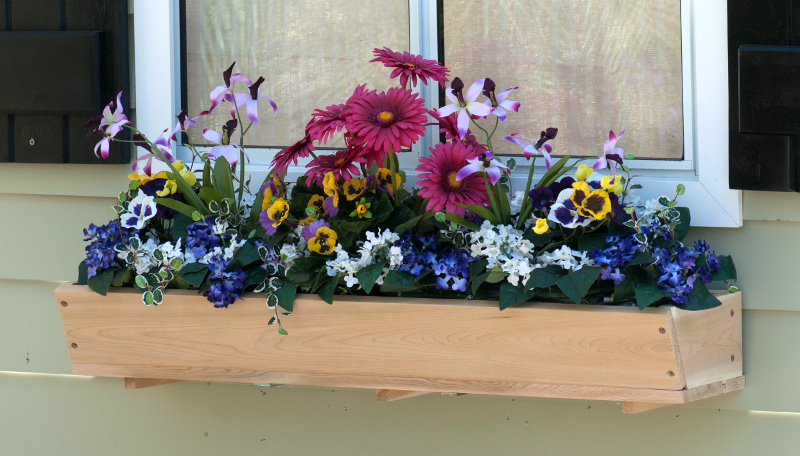House plants help decorate your living space giving it a lovely look. In fact, indoor plants have become an interior design trend, and people love it. These plants also offer homeowners other benefits, like purifying the air in homes. If you pick the right air-purifying plants, they can detoxify your home from dust, airborne toxins and germs.
Here are some of the best air-purifying plants that can help you give your home a breath of fresh air.
1. Spider Plant
Spider plant is an excellent example of an indoor plant with air-purifying ability. While placed inside your house, the plant will fight toxins like carbon monoxide, thus keeping your unique space fresh. Do you have pets? No need to worry, as the spider plant isn’t harmful to animals.
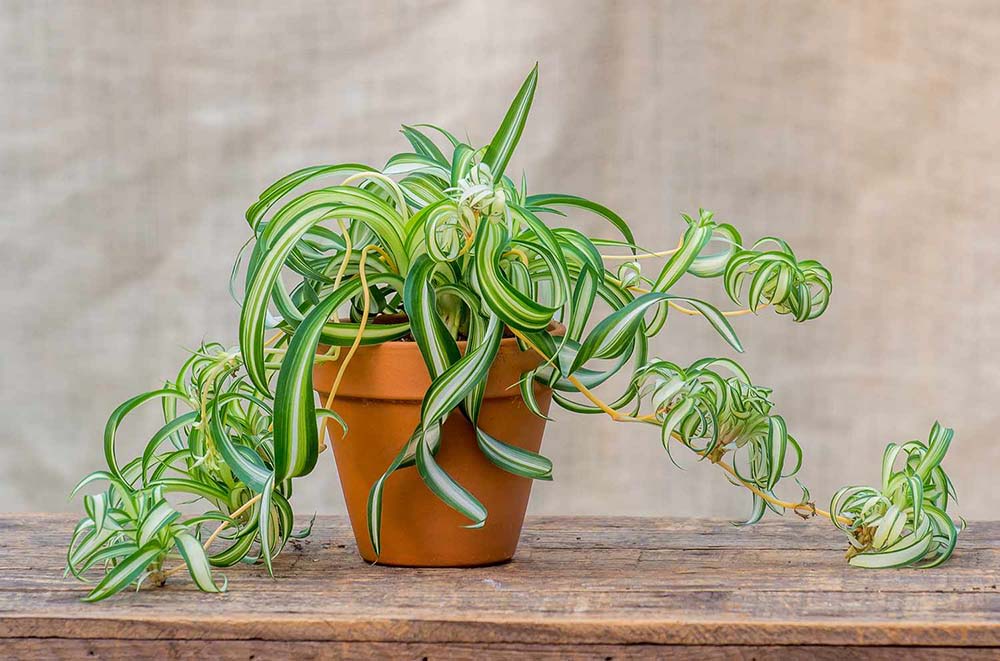
In the summer, the spider plant produces white flowers and baby spider plants (called pups). These pups can be mistaken for tiny spiders, which explains the plant’s name.
If you would like to enjoy the air-purifying benefits of the spider plant, place a large amount of these plants in your home. Remember, spider plants are attractive, so you’ll also be enhancing the appearance of your space.
2. Bird’s Nest Fern
This crinkly leaved fern also helps you clean the air in your home. These plants thrive well in moist areas; therefore, you should consider placing the Bird’s Nest Fern near the shower or tub in your bathroom. Ensure they’re not exposed to direct sunlight to avoid burning their leaves.
3. English Ivy
The English Ivy plant combats airborne particles, which makes it another excellent air-purifying plant.
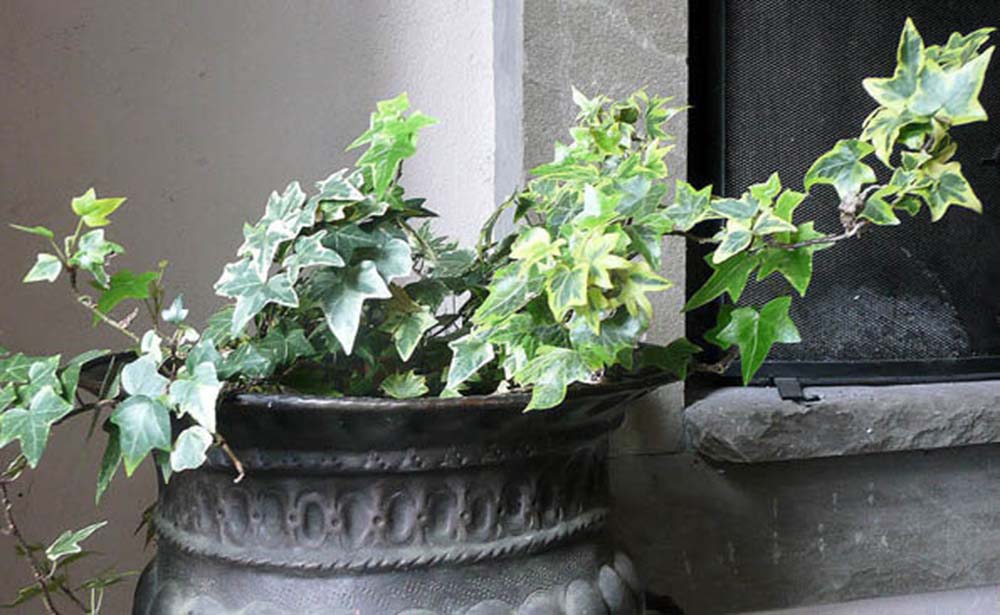
Sometimes this plant also helps fight mould development in your house. All you have to do is water the plant regularly and ensure it gets direct sunlight for a couple of hours daily.
4. Aloe Vera
Besides its health benefits, Aloe Vera can also help clean the air in your home. Aloe Vera absorbs Volatile Organic Compounds (VOCs), hence it would be a great addition to your living space. Moreover, it’s also compelling to look at, so you’ll get beauty and fresh air in your house.
5. Weeping Fig
If you’re looking for an indoor plant that will guarantee fresh air in your home or office, then the Weeping Fig is a good choice.
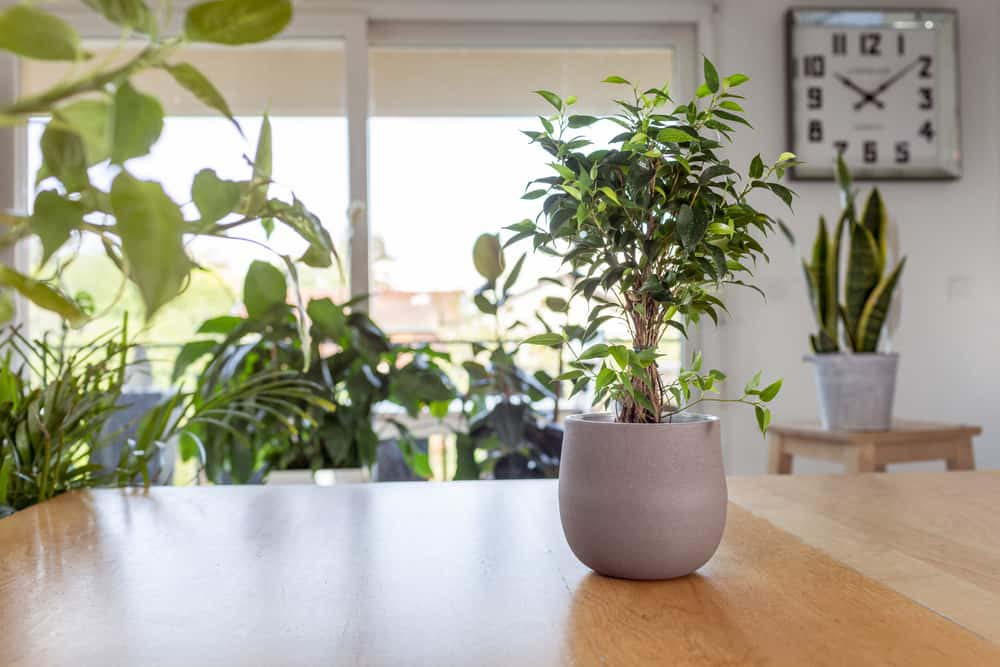
This tropical plant eliminates toluene, xylene, and formaldehyde from the air. Also known as the ficus tree, this plant lasts 20 to 50 years, meaning it will serve you considerably longer.
6. Peace Lily
Well-known for its gorgeous white flowers, the Peace Lily neutralizes toxic gases like carbon monoxide and benzene. Keep the Peace Lily out of reach of pets as it contains calcium oxalate, which may cause animal stomach irritation if ingested.
7. Kentia Palm
Coming from the palm family, Kentia Palm is another air-cleaning plant anyone can place in their flat to benefit from fresh air. The Kentia Palm grows well when exposed to indirect sunlight, and must be watered, otherwise, the leaves start to turn brown.
8. Dragon Plant
Apart from its beauty, the Dragon Plant is a top air purifier among indoor plants. It cleans the air and eliminates toxins from the environment. If well cared for, this indoor plant can survive for many years.
The Bottom Line Adding air-purifying plants is a great way to keep the air fresh rather than using chemicals which may have harmful side effects. You can purchase these plants at a local nursery for a few dollars.

